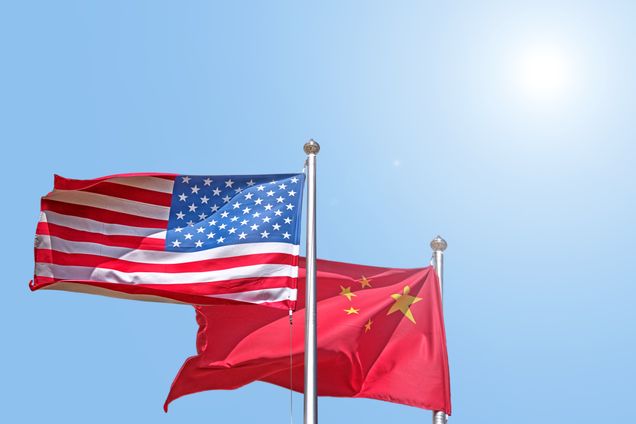Working to Avoid the Kindleberger Trap: China-US Collaboration on Development Finance

When it comes to the provision of global public goods, the two largest and most systemically connected countries in the world must work in parallel at minimum and together at optimum in order to achieve and maintain a more equal, stable and sustainable global economy.
This is not to ignore the fact that the two countries have legitimate grievances with each other. Rather, it is important to stress that as hard as the two countries need to work on their differences on one track, each has a global and self-interested responsibility to provide public goods on another track. At the core of such an agenda should be a stepwise mobilization of public development finance aligned with the UN 2030 Sustainable Development Goals (SDGs) and the Paris Agreement.
In a new essay collection produced by the Center for Strategic and International Studies, Kevin P. Gallagher writes about the urgent need for a stepwise increase in long-term development finance and the roles China and the United States can play alone, in parallel and together in that process. Drawing on the work of Charles Kindleberger, Gallagher argues private markets fall short in providing long-run counter-cyclical financing and that public financial entities need to be established and coordinated on a global scale.
Key points:
- Unilaterally, China and the United States should lead by example.
- China has already made incredible contributions, including mobilizing the lion’s share of new development finance available in the 21st century so far. While China deserves great praise for this, there is room for improvement with respect to the pattern of growth such financing fosters.
- To lead by example, China will need to align its massive new financial flows with the SDGs and the Paris Agreement.
- The United States has trailed in comparison when it comes to new development finance in the 21st century, but has shown signs of improvement over the past few years.
- To lead by example in development finance, the United States will need to increase the scale of its bilateral development finance institutions and show it can provide financing aligned with the SDGs and the Paris Agreement.
- China has already made incredible contributions, including mobilizing the lion’s share of new development finance available in the 21st century so far. While China deserves great praise for this, there is room for improvement with respect to the pattern of growth such financing fosters.
- China and the US should pursue parallel partnerships:
- China and the United States can build on examples such as the China-US climate agreement, where recognizing the common but differentiated responsibilities of each country, the two countries acted in parallel to curb carbon dioxide emissions and created the opportunity for a global climate agreement.
- Debt relief is another potential area for synergy. If China required its state-owned financiers to meaningfully engage in debt relief and the United States required bondholders registered in the United States to engage, the two countries could act in parallel to unlock the gridlock on global debt relief.
- China and the US should also work in parallel to phase out the use of fossil fuels globally. While China was the last major public financier of overseas coal plants, it was the first to pledge to prohibit commercial finance for such uses. The United States should follow suit and work to phase out private financing for coal.
- Multilaterally, China and the US should build on joint work and collaborate within multilateral development banks (MDBs):
- It would be ideal for the US Development Finance Corporation and the China Development Bank to co-finance projects around the world that are aligned with the SDGs and the Paris Agreement. But while economically optimal, such acts of direct collaboration may not currently be politically feasible.
- Previous China-US collaborations within MDBs include International Finance Corporation’s China-Mexico Fund, started in 2014 with $1.2 billion in capital, and the Inter-American Development Bank Invest-administered China Co-Financing Fund for Latin America and the Caribbean contributed 13 percent of $75 billion for a solar photovoltaic plant in Mexico. Both these projects are examples of key ways that blending Chinese capital and technological prowess with MDB technical expertise and creditworthiness can provide lower-cost financing for projects aligned with the SDGs and Paris Agreement.
While working unilaterally toward common goals, in parallel and together, the United States and China will also foster healthy competition. In the end, new financing will be decided on by emerging market and developing countries. The United States and China will create more choice for those nations, and the same nations will play a role in steering the supply of development finance through the nature of their demand. Both countries will need to show that they are for providing public goods through development financing rather than using development finance to act against one other.
Read the Essay